Vietnam, a culturally diverse nation, is renowned not only for its breathtaking landscapes but also as a melting pot of various ethnic communities. Among these, the Chinese community has significantly contributed to the country’s economic, social, and cultural development. Let’s explore the distinctive Chinatowns in Vietnam, where you can experience a slice of Chinese culture right in Vietnam.
Cholon, Ho Chi Minh City: Vietnam’s Largest Chinatown
Cholon, also known as District 5 in Ho Chi Minh City, is the largest and oldest Chinatown in Vietnam. Established in the late 18th century, Cholon is not only a bustling commercial center but also a place that preserves the traditional cultural values of the Chinese people.
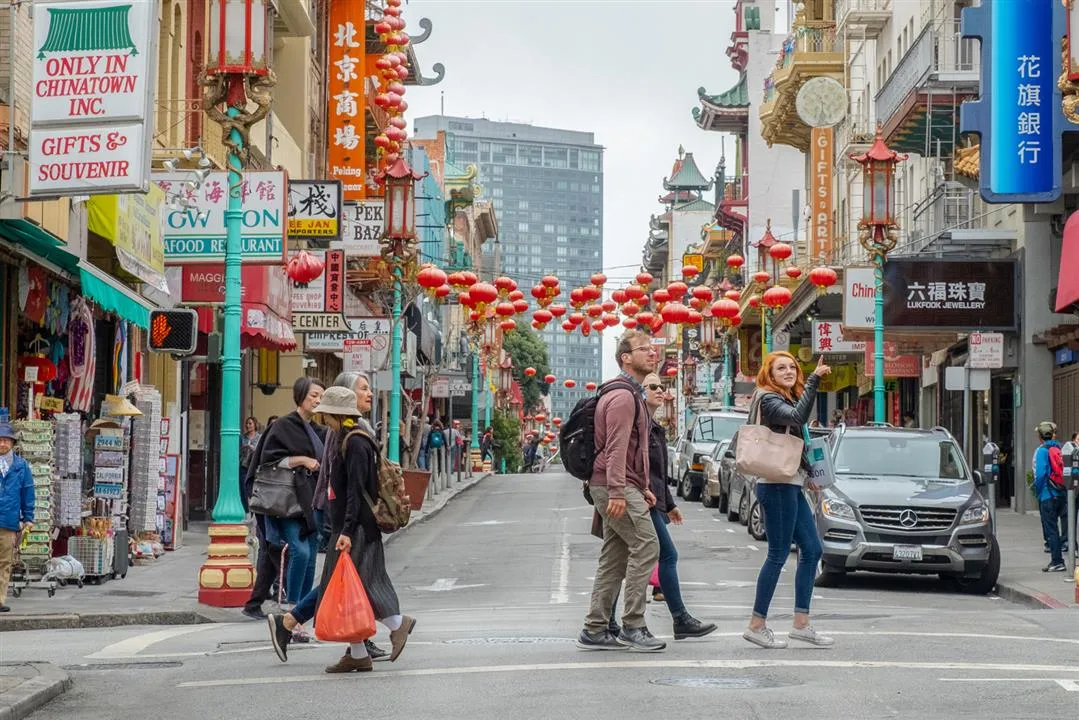
Walking along streets like Nguyen Trai and Tran Hung Dao, you’ll easily notice the difference compared to other areas of the city. Houses with distinctive Chinese architecture, narrow alleys with family-run eateries, ancient temples with the lingering scent of incense – all create a unique and fascinating cultural space.
Cholon Cuisine: A Fusion of Flavors
Food is an indispensable part of exploring Cholon. This area is famous for countless delicious dishes imbued with Chinese flavors, prepared using family recipes and fresh ingredients.
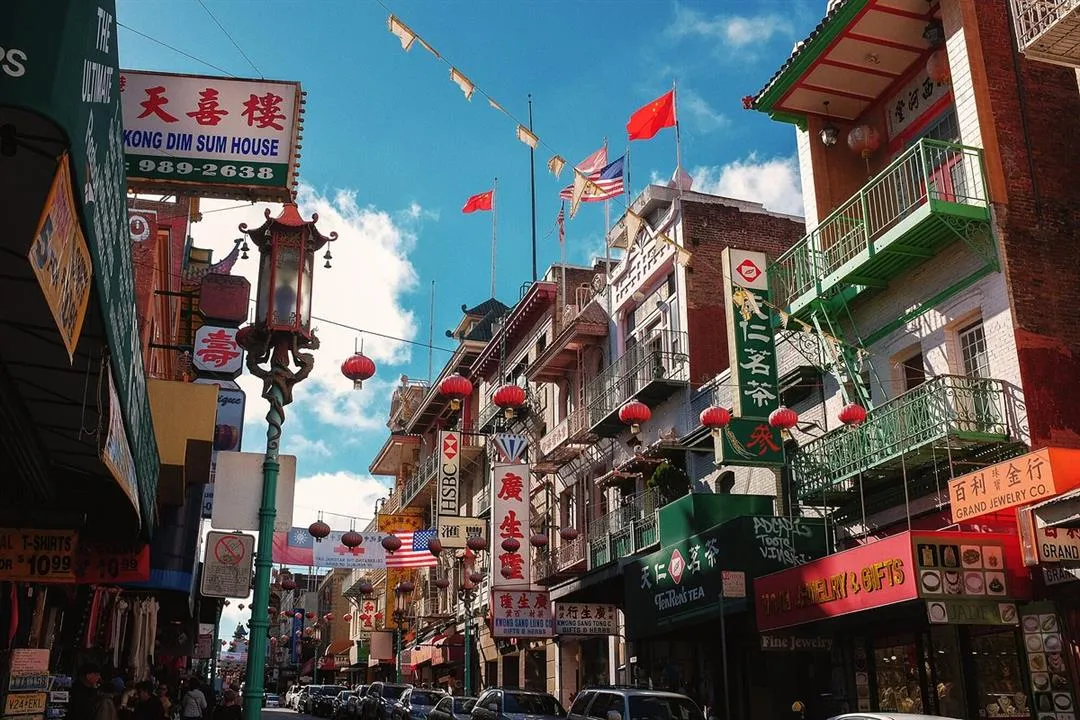
You can savor Hu Tieu Sa Te (Satay Noodle Soup), sui cao (wontons), banh bao (steamed buns), ha cao (shrimp dumplings), dim sum, Peking roasted duck, and more at long-standing restaurants and eateries. Don’t forget to visit traditional markets like Binh Tay Market and Soai Kinh Lam Market to discover a world of diverse ingredients and shop for specialty gifts.
Architecture & Spiritual Culture
Cholon is not just a commercial district but also a spiritual and cultural center for the Chinese community. It houses many ancient pagodas and temples such as Ba Thien Hau Pagoda, Ong Bon Pagoda, Nhi Phu Temple, which are sacred places attracting many locals and tourists for prayers.
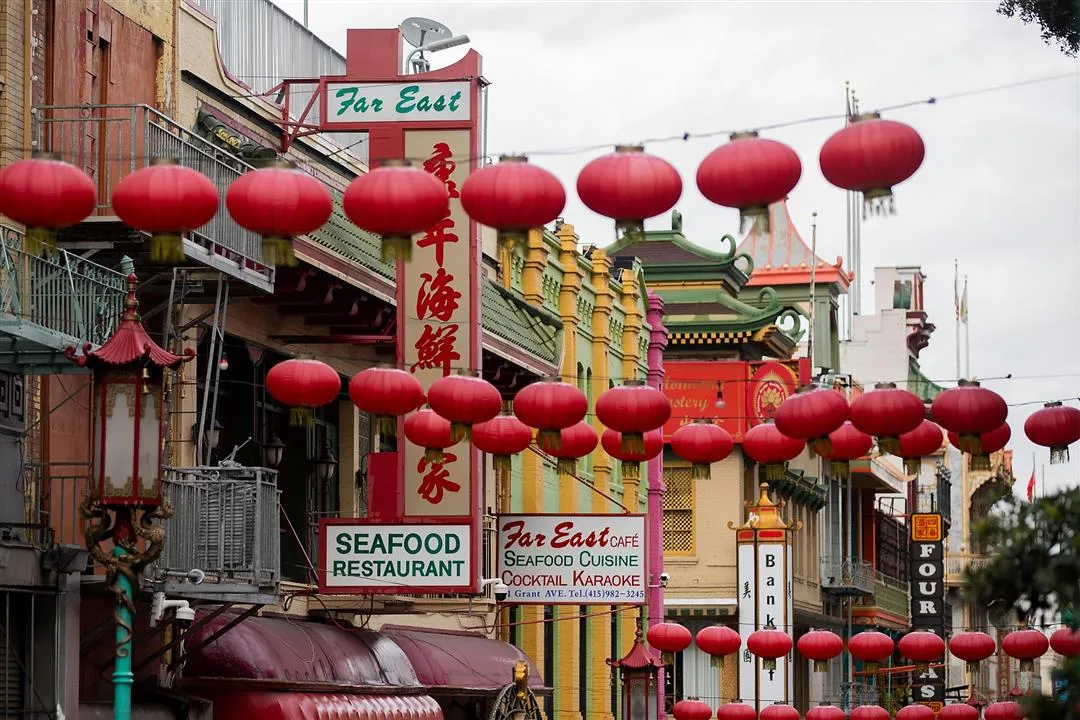
The architecture of these pagodas and temples is distinctly Chinese, with curved roofs, intricate decorative patterns, and majestic statues of Buddha and Bodhisattvas. Visiting these sites offers a chance to learn about the beliefs, customs, and traditional cultural values of the Chinese people.
Other Chinatowns in Vietnam
Besides Cholon, Vietnam has several other Chinatowns, each with its own unique characteristics.
Hoi An, Quang Nam: A World Cultural Heritage Site
Hoi An is an ancient city, recognized by UNESCO as a World Cultural Heritage Site. It was once a bustling trading port, attracting merchants from all over the world, including the Chinese.
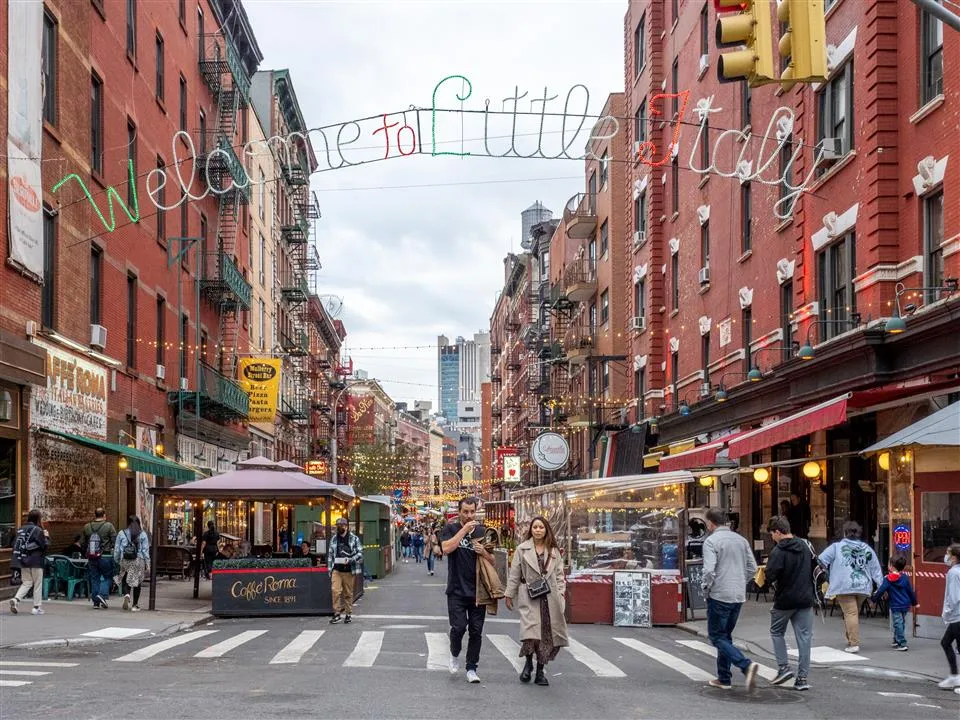
Hoi An’s ancient town still preserves many architectural works built by the Chinese, such as the Phuc Kien Assembly Hall, the Quang Dong Assembly Hall, and the Japanese Covered Bridge. These structures are not only historical relics but also symbols of cultural exchange between Vietnam and China.
Hanoi: The Old Quarter with Chinese Imprints
Hanoi’s Old Quarter also bears imprints of the Chinese, especially on Hang Ngang, Hang Dao, and Hang Buom streets. This area was once a trading center for the Chinese, with many shops, workshops, and houses featuring distinctive architecture.
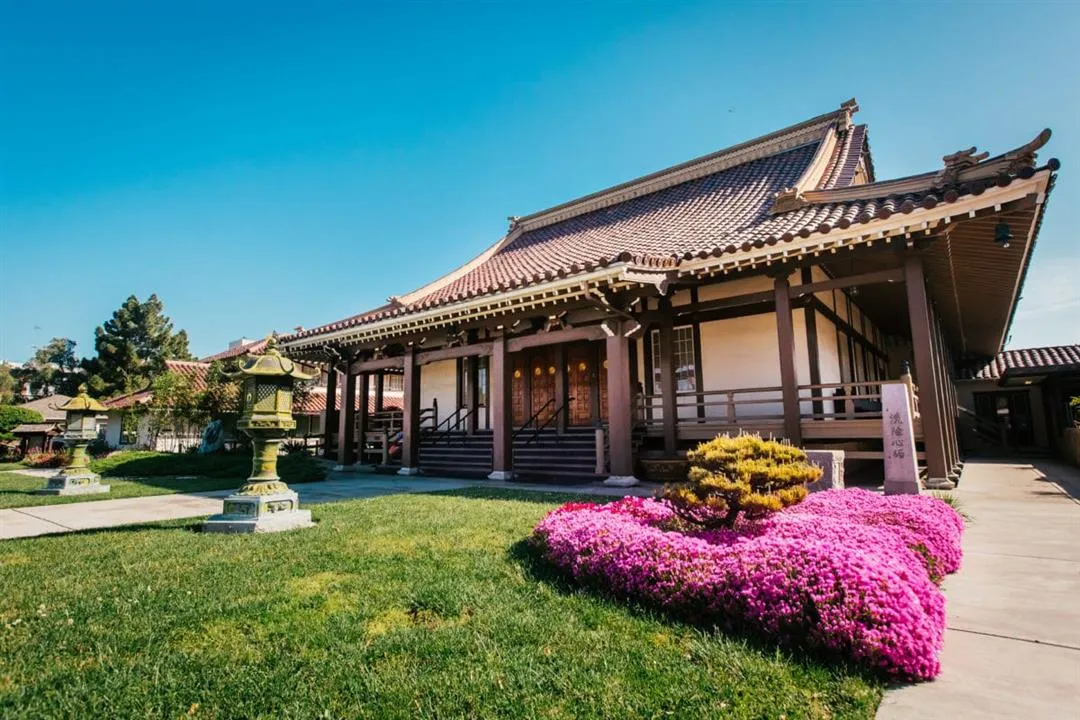
Today, the Old Quarter remains an attractive destination for tourists, with its narrow streets, ancient houses, and specialty dishes.
Other Provinces and Cities
In addition, the Chinese community also resides in many other provinces and cities throughout Vietnam, such as Hai Phong, Can Tho, and Soc Trang. Each locality has its own Chinatown with unique cultural features.
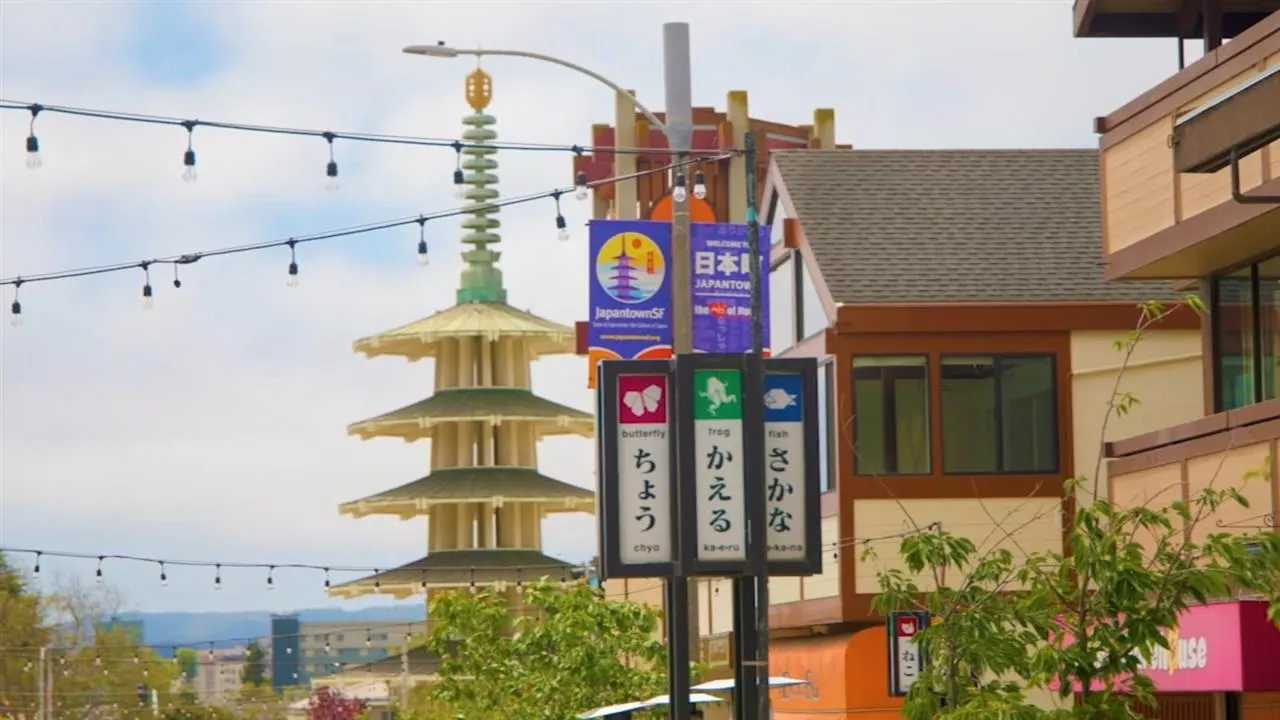
Experience Diverse Culture
Exploring Chinatowns in Vietnam is an interesting and enriching cultural experience. You will have the opportunity to learn about the history, culture, cuisine, and customs of the Chinese community, while also感受 (gǎn shòu – feel/experience) the unique cultural intersection between Vietnam and China.
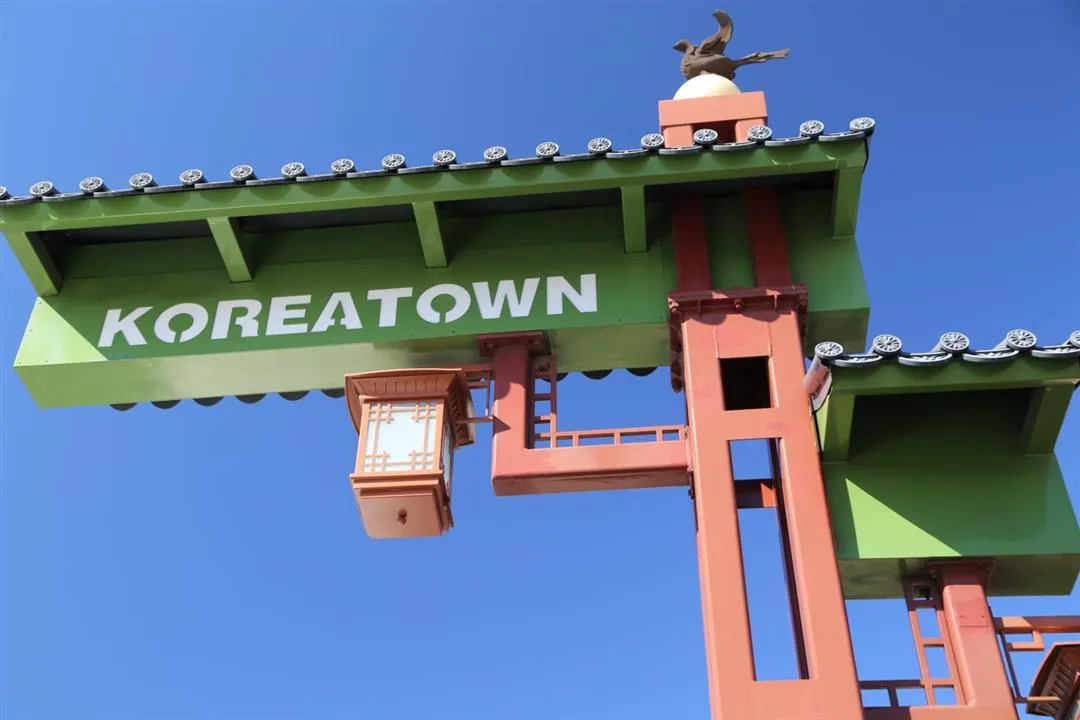
Take the time to visit these neighborhoods, enjoy delicious food, explore ancient architectural works, and immerse yourself in the bustling, vibrant atmosphere of daily life. You are sure to have memorable moments and unforgettable experiences.
Conclusion
Chinatowns in Vietnam are not only attractive tourist destinations but also precious cultural heritages, contributing to enriching the multicultural tapestry of the country. Preserving and promoting these cultural values is extremely important, helping younger generations better understand the history, culture, and contributions of the Chinese community to Vietnam’s development. Let’s explore and cherish these unique neighborhoods!